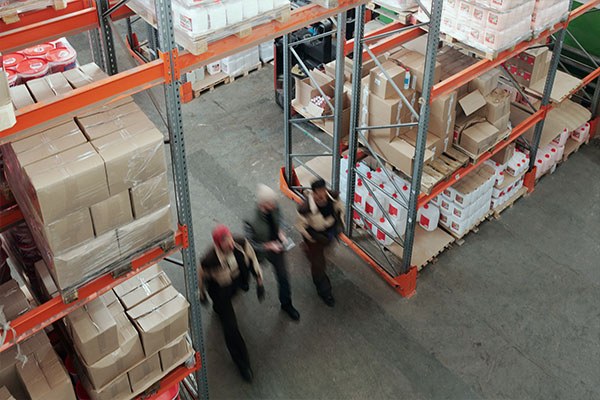Exporting to Canada: Why not?
Topic: Export
Step: Growing
22 April 2021

When we think about exporting products, we usually think about distribution on an international scale. Many entrepreneurs dream about penetrating the American, European or Asian market. However, what some seem to forget is that there is an extensive and untapped pool of buyers much closer to home – a market with significantly fewer barriers hindering entrance than those other markets – the “ROC” or Rest of Canada, which encompasses all Canadian provinces outside of Québec.
Minimizing risks
Unforeseen events sometimes come along and disrupt international trade. This was the case with the coronavirus pandemic, which has wrought havoc with supply chains. Both imports and exports have been adversely affected. As a result, the pandemic has forced us to prioritize local trade – and although we strongly support local products from Québec, Canada is still our country, and the argument for buying local can be applied to other provinces.

Canada should enjoy privileged market status, and even more so today, when we need to encourage our businesses. I am keenly aware of having chosen to invest outside of Québec and within Canada. This is a rapidly expanding market that has enabled us to optimize the return on our investment.
— Anie Rouleau, Founder & CEO, The Unscented Company
The Canadian market also presents fewer risks for a business than trying to develop markets outside of Canada. Conducting business at the international level is definitely exciting, but when dealing with buyers who use other currencies, variations in exchange rates may not always be favourable. Unexpected trade barriers may also be erected at times, depending on the mood of foreign governments. For example, consider the case where the United States imposed a surtax on aluminium in 2020.
In addition, it is important to consider that dealing with customs adds another layer of complexity to every transaction. When a product is exported internationally, it is essential to ensure that it respects very specific customs criteria, which is not the case when the product remains inside Canada. Finally, the absence of cultural differences among the provinces represents a significant asset for our businesses when we take into consideration the costs related to adapting products or communications to a targeted region.
We tend to underestimate smaller markets – those that are often neglected by foreign companies. They don’t offer the same attractive potential as the large metropolitan areas, but market penetration is often much quicker and easier. Sometimes, it’s better to be a big fish in a small pond than a tiny fish in a big ocean, especially if we can get there faster and at lower cost.
— Frank Godbout, President, EffectiV HVAC
The CFTA makes it easier
The CFTA has been in force since 2017. The objective of the CFTA is to eliminate trade barriers among the provinces and establish a more predictable business environment. The most visible effect is the harmonization of regulations among the various provinces. Another objective is to prioritize access to calls for tenders for Canadian companies. Certain parameters have been modified to favour Canadian businesses over their international competitors, such as offering significantly lower access thresholds to local businesses in calls for applications.

For our company, Ontario represents twice the potential of Québec, and the geographic distance has a considerable impact on our profit margins. The fact of having such a large market right beside us and inside our national borders is an incredible opportunity for us and for all Québec SMEs.
— Martin Tessier, President, Plastidecoverre
Market development in Canada
Support mechanisms exist for the purpose of helping our businesses in their tactical planning. Many people think they only apply to international exports, but that is not the case.
Local entrepreneurs can take advantage of the help that is offered by Investissement Québec. They provide a wide range of services to Québec-based SMEs, including connecting them with buyers. This valuable helping hand can facilitate meetings with potential buyers and retailers.
There is a massive market located just on the other side of the Outaouais River that is open, stable and reliable, with no borders to cross and with a shared currency. Opportunities abound, and we are here to help businesses get the most out of their efforts.
— Catherine Tadros, Chief Representative, Bureau du Québec à Toronto
There is enormous untapped potential in the rest of Canada. When we consider that Toronto is the fourth largest city in North America by population, we suddenly see our Anglophone neighbours in a new and interesting light!
--
This article was written with the help of Xavier Paillon, Directeur développement de marchés, at PME MTL.
Articles
Des entrepreneurs qui font la différence
PME MTL vous propose des guides pratiques pour vous accompagner à chaque étape de votre parcours. Gagnez du temps avec des ressources conçues pour répondre à vos besoins spécifiques.






